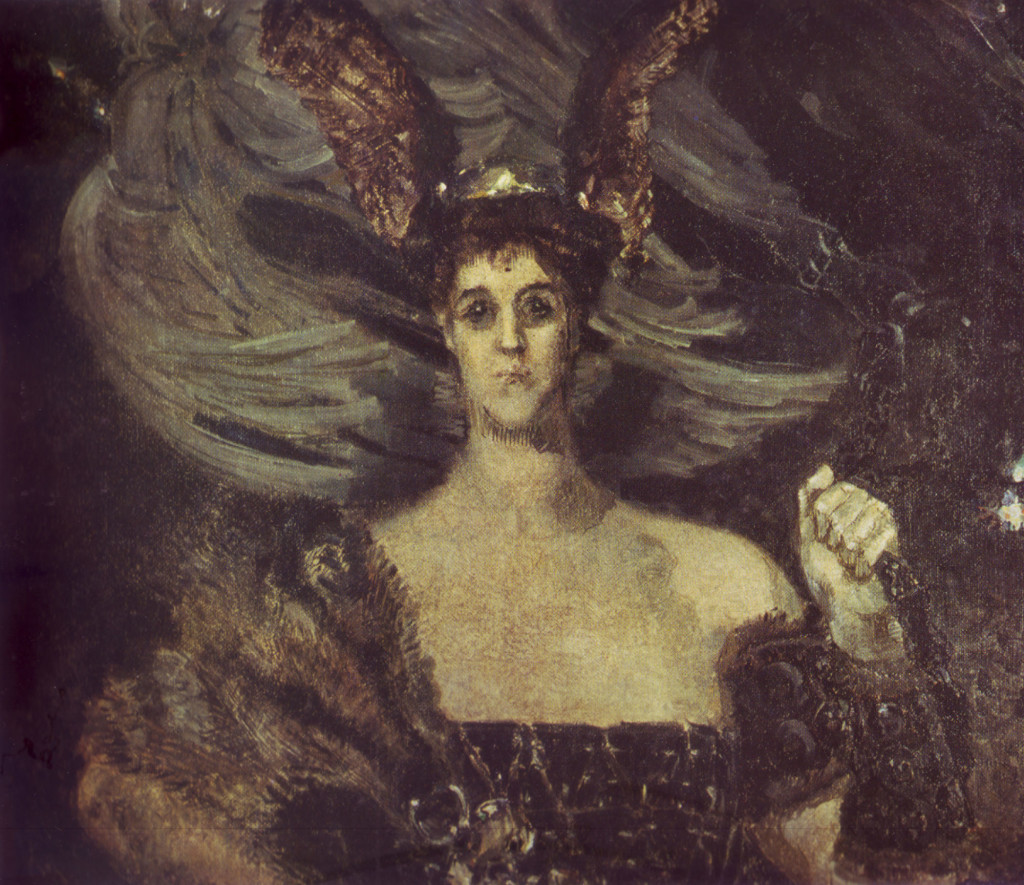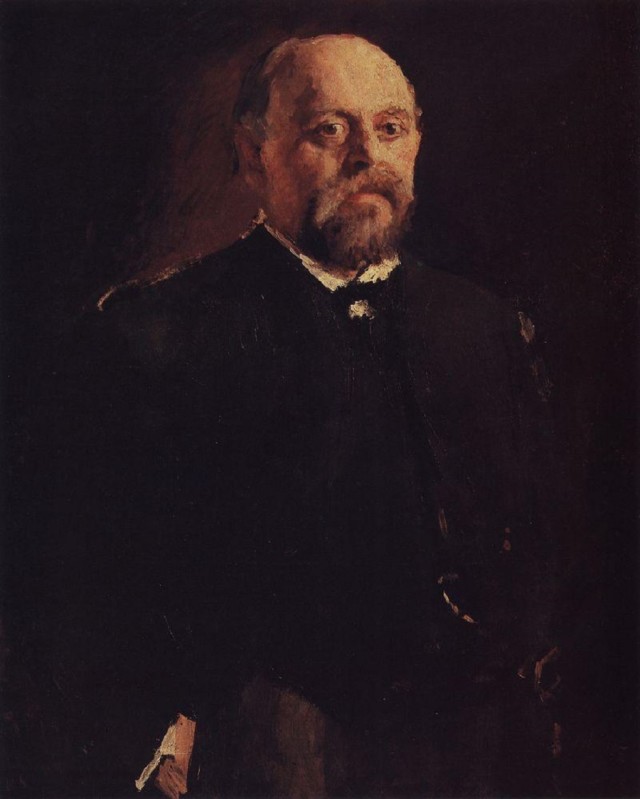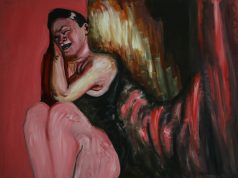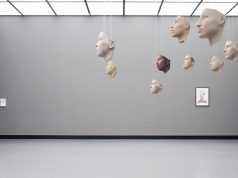Odessa’s last mayor under the Tzar was born in the city in 1847 and died in London exile in 1940. He was a remarkably energetic and talented man and a great patron of the arts.
While it stuns with its host of brilliant artists and scientists, its unique European architecture and its ineffable mythology. Yet Odessa’s greatest treasure is undoubtedly it’s human capital, the individuals who have forged this city. Among them are such remarkable personalities as the Duc de Richileu, J. De Ribas, Count Langeron, Marazli, Vorontsov, the family of Count Tolstoy, and numerous entrepreneur families with names such as Stieglitz, Rafailovitch, Brodsky. It is owing to them that Odessa has achieved its status as a great cultural and economic success. However, among this list of stellar characters is one man whose name is now unfortunately known only in narrow specialist circles. This was Odessa’s last pre-Soviet mayor: Mikhail Vasilievich Braykevich.
Mikhail Braykevich, a Russian nobleman by birth, was a graduate of the St. Petersburg Institute of Railway Engineering in 1896. The institute conferred upon its students both a general diploma and a military rank of Lieutenant. After graduating, Braykevich went on to apply the skills he acquired with his degree working on an impressively wide array of projects. These included the erecting of port structures in Libava (the process of building the port’s drawbridge involved the participation of Gustav Eiffel himself), the building of a dreadnought at the Nikolaevsky dockyard (anyone familiar with the specifics of building a dreadnought will understand the immensity of this task), and completing the construction of the Eyskaya railroad in an incredibly short time (this railroad was critically necessary for Russian transport of grain to Europe).
Braykevich became mayor at a time when, in his own words, “the specter of bloody slaughter” haunted Odessa
Back in the capital, Braykevich worked at the engineering firm of A. Bunge – during the summer, he would leave on the office’s orders to participate in the construction of the Trans-Siberian railroad, and during winters he worked on projects in St. Petersburg and Moscow. In 1911, a short while after marrying the daughter of the owner of the, Sofia Andreyevna, Braykevich, he became the head of the Bunge firm’s Odessa branch office. He soon became the head of both the Odessa branch of the Russian Technological Society and the Odessa Military-Industrial Committee. Soon after, he would also add Vice-President of the Odessa Fine Arts Society to his remarkable collection of titles. He used the power granted him by this position to institute an annual 5,000 ruble grant for exceptional students of the Odessa Art Institute. Braykevich also became an important patron of the Museum of Fine Arts and began collecting art, especially favoring painters who belonged to the “Mir Iskusstva” (World of Art) artist association. His main guiding principles in purchasing art works was his impeccable taste and intuition. During his visits to St. Petersburg he continued to make additions to his collection, supported and encouraged local artists, commissioning and purchasing works from them.

Braykevich provided invaluable assistance to his government and native city during the First World War and the Revolution that followed. He actively participated in the All-Russian Land and City Union (known as “Zemgor”) helping to provide aid to the wounded. Later he assumed the responsibilities of heading the Council on Fuel as well as serving as the Naval Transport Commissar. Braykevich became mayor at a time when, in his own words, “ the specter of bloody slaughter” haunted Odessa. For more than two years, his efforts held the city’s economy together and prevented it from falling apart. In 1917, the Provisional government appointed Braykevich as Comrade Trade Minister, and he left Odessa – alone and unaccompanied by his family. Though he would soon submit his resignation, due to “irreconcilable differences” with his immediate superior.
Upon his return to Odessa, Braykevich would again assume the post of mayor. During a period of constant turbulent shifts of power, he not only managed to save the city from anarchy and total collapse, but also insisted on the opening of the long planned Polytechnic Institute. Braykevich also both edited and published the “Economist” magazine, printed in both Russian and English up until 1920.

In October 1919, having realistically appraised the situation in the country, Braykevich, together with his family, decided to leave Odessa and resettle in the London suburb of Golden Green. Before his departure, he bequeathed 300 books on architecture and engineering, as well as his collection of paintings to the Museum of Fine Arts of the Novorussian (Odessa) University. By that time the collection numbered over 100 works, including woks by Valentin Serov, Zinaida Serebryakova, Mikhail Vrubel and 80 paintings by his beloved Konstantin Somov. In 1921, the paintings were transferred to the Odessa Art Museum, becoming the crowning jewel of its Russian collection.
Braykevich did not abandon his social and civic duty responsibility while living in England
For his part Braykevich settled in Golden Green with his wife, two daughters and son. In those years, the London suburb was undergoing major civil and industrial development. His skill and experience made him an in-demand engineer: he supervised the construction of a large residential quarter in London. Once settled in England, he also resumed collecting art – once again paying special attention to – and devotedly helping – the “World of Art” painters, many of whom were also living in emigration in Paris and London.
Braykevich did not abandon his social and civic duty responsibility while living in England – he was an active member of the Russian Society of England and various other philanthropic organizations which provided help and support to the Russian émigré diaspora. He traveled through England, France, and Germany and in every city he passed through and helped support his former artist friends. Braykevich’s second art collection, begun after his relocation to England, would later be transferred by his children to the Ashmolean Oxford Museum. This collection included a rare copy of “Military Parade of Emperor Paul I in front of Mikhailovsky Castle” which Alexander Benoit painted for Braykevich 32 years after having completed the original. The transfer of the collection had only one pre- condition – that it would not be broken up. This was Braykevich last great act of patronage and ensured that the Western world would be familiar with Russian art.




































